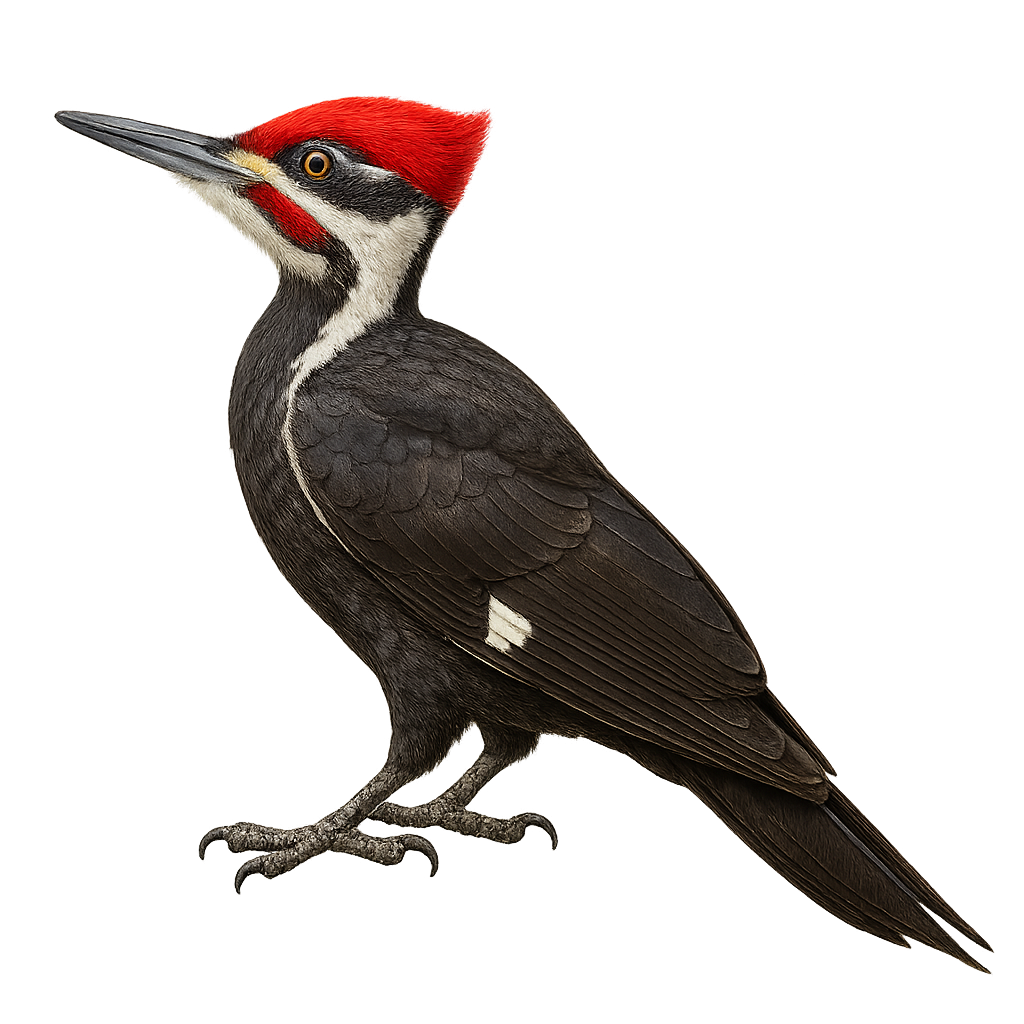Your wildlife photography guide.
Explore the pileated woodpecker in detail, study its behavior, prepare your shots.
Where to observe and photograph the pileated woodpecker in the wild
Learn where and when to spot the pileated woodpecker in the wild, how to identify the species based on distinctive features, and what natural environments it inhabits. The WildlifePhotographer app offers tailored photography tips that reflect the pileated woodpecker’s behavior, helping you capture better wildlife images. Explore the full species profile for key information including description, habitat, active periods, and approach techniques.
Pileated Woodpecker
Scientific name: Dryocopus pileatus

IUCN Status: Least Concern
Family: PICIDAE
Group: Birds
Sensitivity to human approach: Suspicious
Minimum approach distance: 10 m
Courtship display: March to May
Incubation: 15-18 jours
Hatchings: April to June
Habitat:
Coniferous forests, deciduous forests
Activity period :
Primarily active during the day, with peak activity in the morning and late afternoon.
Identification and description:
The Pileated Woodpecker is a striking bird, notable for its size and distinctive plumage. It is one of the largest woodpeckers in North America, measuring between 40 and 49 cm in length with a wingspan of up to 75 cm. Its plumage is predominantly black with a bright red crest on its head, more pronounced in males. The wings have white patches visible in flight. This forest bird is often found in coniferous and deciduous forests. Known for its powerful drumming on tree trunks, it uses this to communicate and mark its territory. It primarily feeds on ants and insect larvae, which it extracts from dead wood with its long bill.
Recommended lens:
400 mm – adjust based on distance, desired framing (portrait or habitat), and approach conditions.
Photography tips:
To photograph the Pileated Woodpecker, it is advisable to use a telephoto lens of at least 400mm to capture detailed images without disturbing the bird. Look for areas where drumming is frequent, often near dead tree trunks. Be patient and discreet, as these birds are suspicious. Morning is often the best time to observe them, as they are more active. Use a tripod to stabilize your camera and adjust settings for low-light conditions, as forests can be dark.
The WildlifePhotographer App is coming soon!
Be the first to explore the best nature spots, track rutting seasons, log your observations, and observe more wildlife.
Already 1 439 wildlife lovers subscribed worldwide

